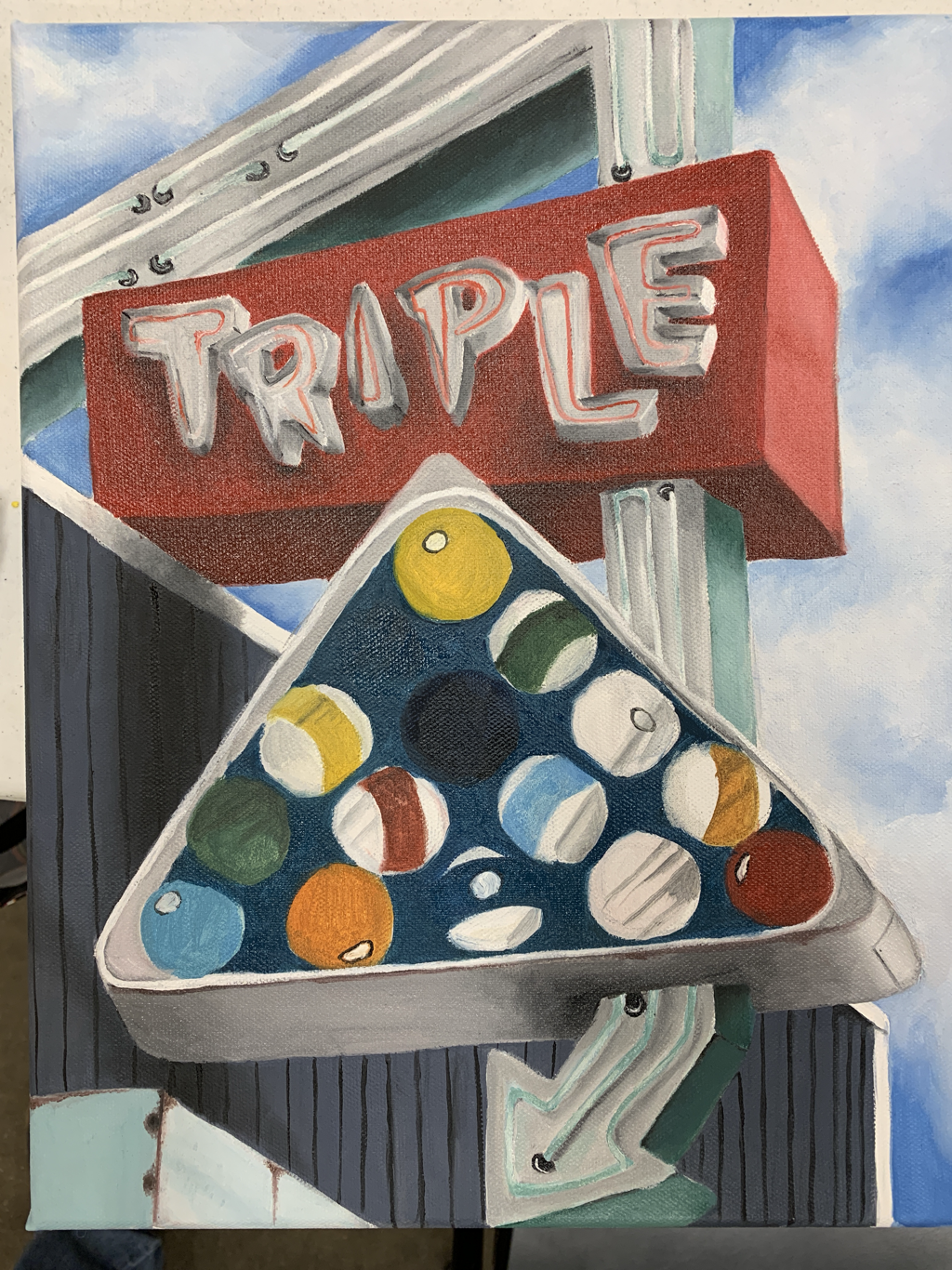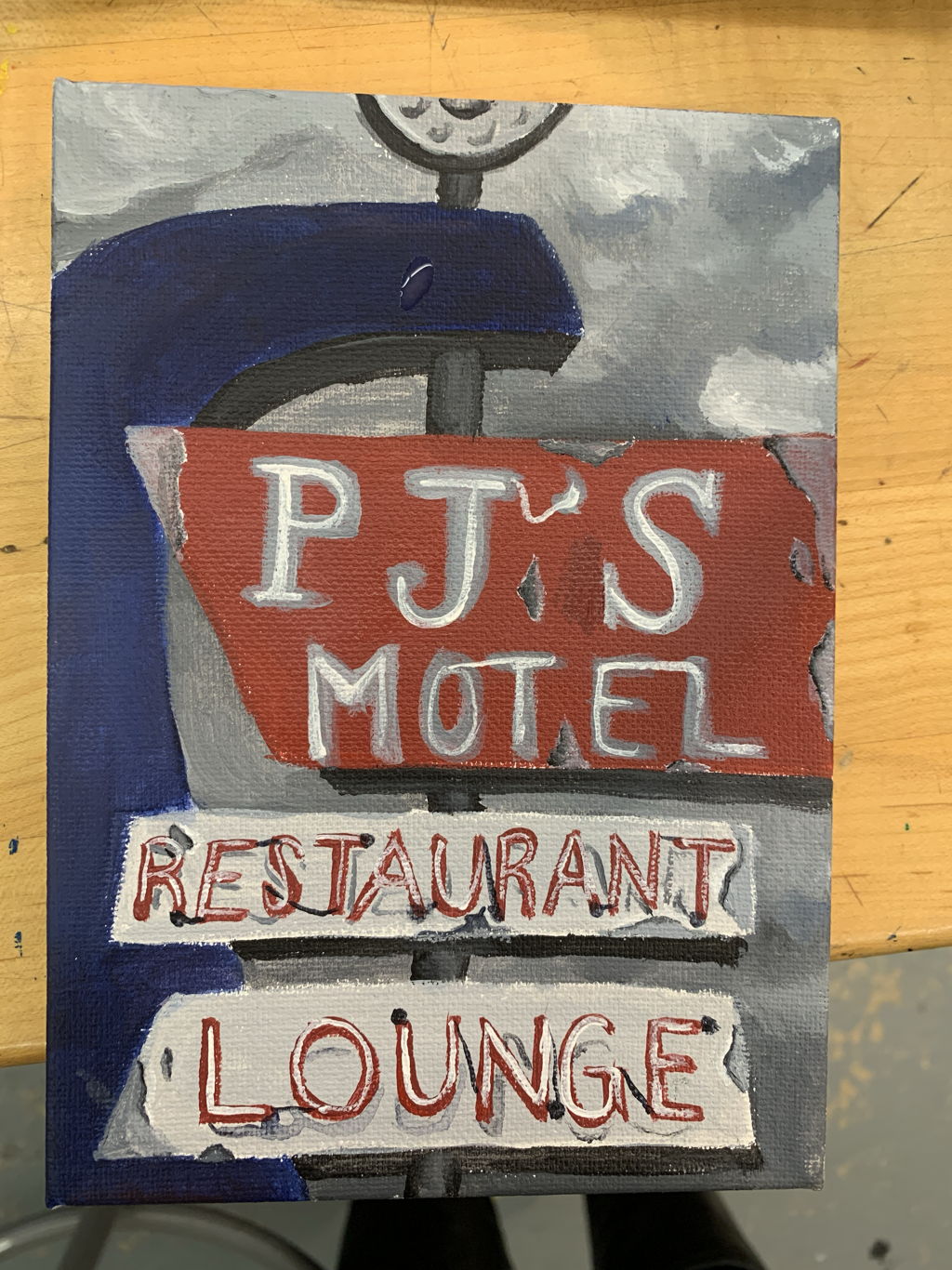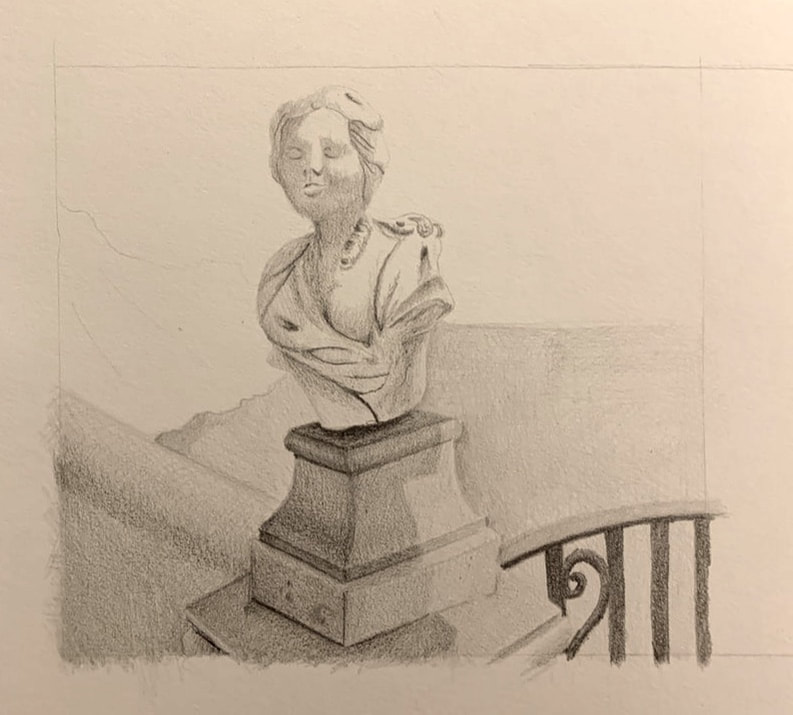|
In reading the articles, “Art on the Firing Line” by Grace Glueck and “The Art of Controversy,” a transcript, a common theme among them is censorship of art by public figures. While “The Art of Controversy” demonstrates a museum fighting back against public figures dictating exhibits and “Art on the Firing Line” focusses on an instance where a museum took preemptive steps they both warn of the dangers of allowing this to happen. This is a difficult issue, because there are important points to both sides of the argument, but I stand with the idea that politicians should not dictate what art can or cannot be shown. An important point made in “Art on the Firing Line” was “would anyone argue that the hideous, even depraved imagery of Goya's ''black'' paintings - the most famous of which shows an act of cannibalism - not be exhibited in a museum?” (Glueck 6), which leads to the point that the main anger behind the Mapplethorp and “Sensation” exhibit were religiously based. In the Sensation exhibit, Rudolf Giuliani found no issues with any of the pieces except for the one he deemed “anti catholic” (Art of Controversy 1). He clearly did not draw the moral line at decapitated animals or other things that are generally considered grotesque, but he found issue only with something that insulted his religion. In the Mapplethorp exhibit, one of the proponents for taking it down described it as “blasphemous” (Glueck 1) again drawing the connection to religion. Considering that this country was founded on the separation of church and state, the fact that the government can decide to pull funding based on religion is concerning. In terms of the censorship, or political dislike, being on religiously charged pieces, there appears to be a battle of morals especially in the transcript. Giuliani described the painting as “horrible and awful” (Art of Controversy 1) and went on to say that he believed “opposing this is the right thing” (Art of Controversy 1). He clearly argues that this attack on his religion is a moral issue and that his morals dictate that he can not let it stand. At the same time the lawyer for the museum stated “the museum is paying very dearly for holding to its principles” (Art of Controversy 4). The question that can be draw from here is whose morals or principles are more important? That of the museum? The mayor? In my opinion neither the museum’s or the mayor's morals should be most considered when deciding to put up a piece. In the second article there is a particularly interesting quote that says “To pre-empt the public's chance to make its own judgments - ironically the very public whose tax dollars helped finance the show is … an insult to that public's intelligence'' (Glueck 7). I do not think the art should be put up or taken down due to the perceived opinion of the public, but that the public should be free to see it and like or dislike it as they please. In the end viewing art is not about seeing something pretty. It is about having a reaction to the visual representation of an artist’s emotions, and even if they hate the art, the viewer has learned something new about themselves and about the artist by seeing the work. Main questions:
|
Mia
|



 RSS Feed
RSS Feed
